Inner Peace, Outer Power: How Meditation Transforms Your Life
In a world that moves fast and pulls you in every direction, mindfulness is the radical act of coming home—to yourself. It’s not just about silence or sitting cross-legged on a cushion. It’s about presence. About paying attention. And about reclaiming your inner space in a culture that constantly tries to fill it. Whether you’re brand new to meditation or deep into your practice, there’s always another layer to explore. That’s why we’ve expanded our guide to 21 Methods to Elevate Your Mindfulness and Meditation Experience—a dynamic toolkit designed to help you go deeper, stay grounded, and unlock a richer connection with the present moment. From breathwork and visualization to movement, sound, and sensory awareness, these approaches go beyond the basics and meet you exactly where you are. Because mindfulness isn’t a destination—it’s a daily choice. One breath. One moment. One powerful shift at a time. Ready? Let’s begin.
1. Understanding the Foundations of Mindfulness
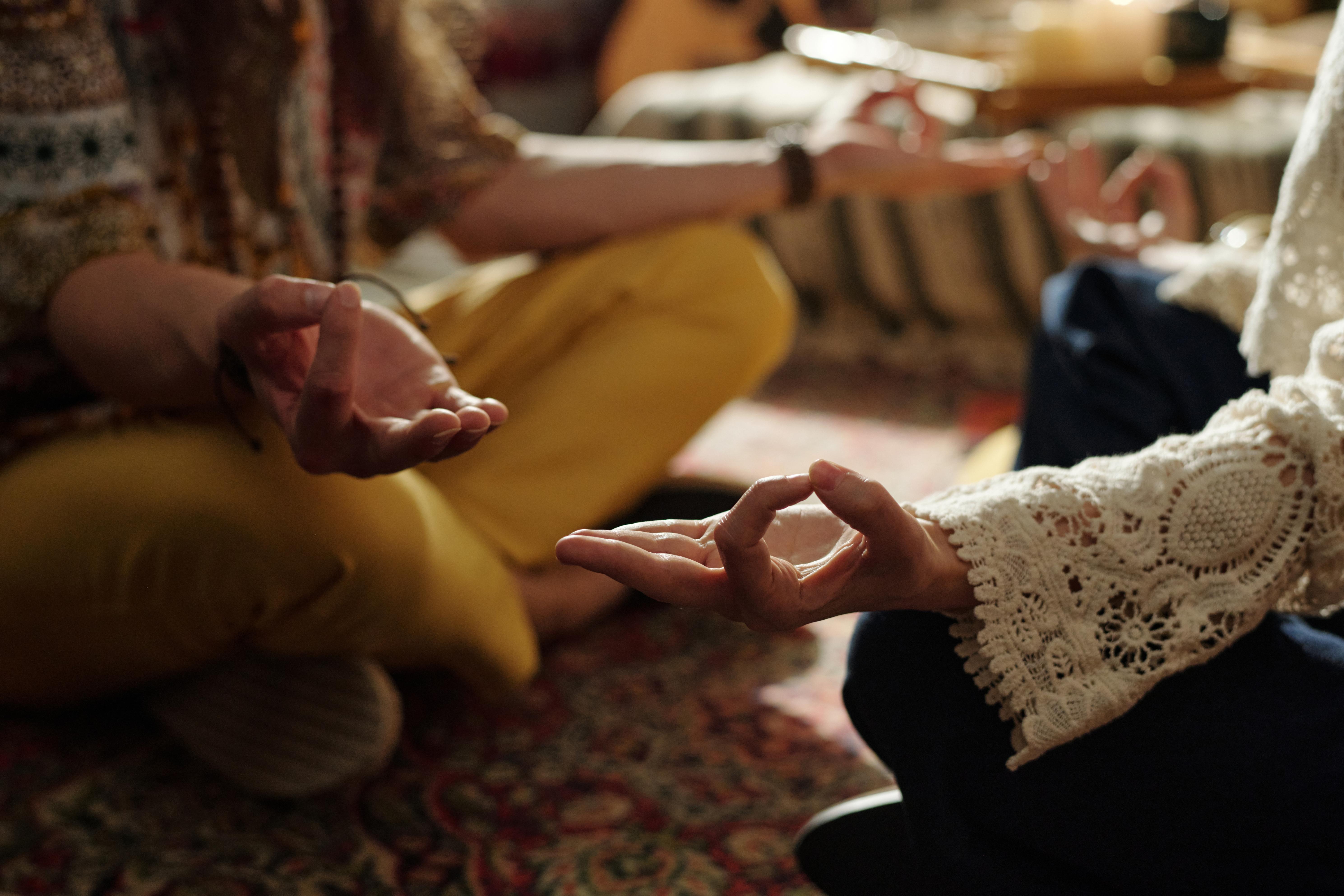
Before diving into advanced techniques, it is crucial to understand the foundational principles of mindfulness. At its core, mindfulness is the practice of maintaining a moment-by-moment awareness of our thoughts, feelings, bodily sensations, and surrounding environment. It involves acceptance, meaning we pay attention to our thoughts and feelings without judging them—without believing, for instance, that there’s a “right” or “wrong” way to think or feel in any given moment. By anchoring ourselves in the present, we can reduce stress, enhance emotional regulation, and improve our overall quality of life.
2. The Science Behind Meditation: What Happens in the Brain
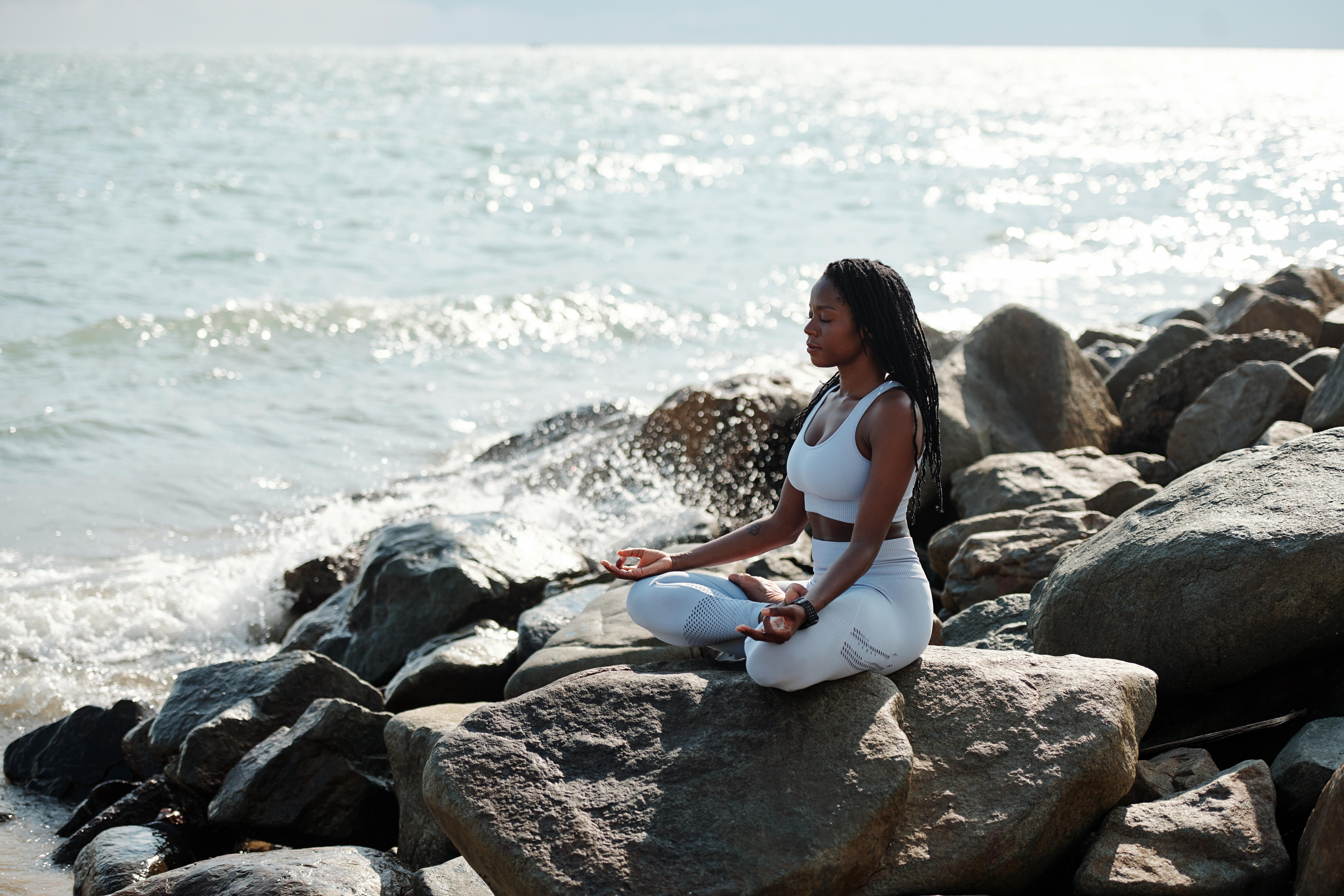
Meditation is not just a spiritual or emotional practice; it has tangible effects on the brain. Neuroscientific research has shown that regular meditation can lead to structural changes in the brain, such as increased cortical thickness and grey matter density in areas related to attention and sensory processing. Furthermore, meditation has been linked to the downregulation of the amygdala, the brain's fear center, which can lead to reduced anxiety and improved emotional resilience. Understanding these changes can motivate practitioners to maintain a consistent meditation routine, knowing that their efforts are sculpting their brain for the better.
3. Creating a Sacred Space for Practice
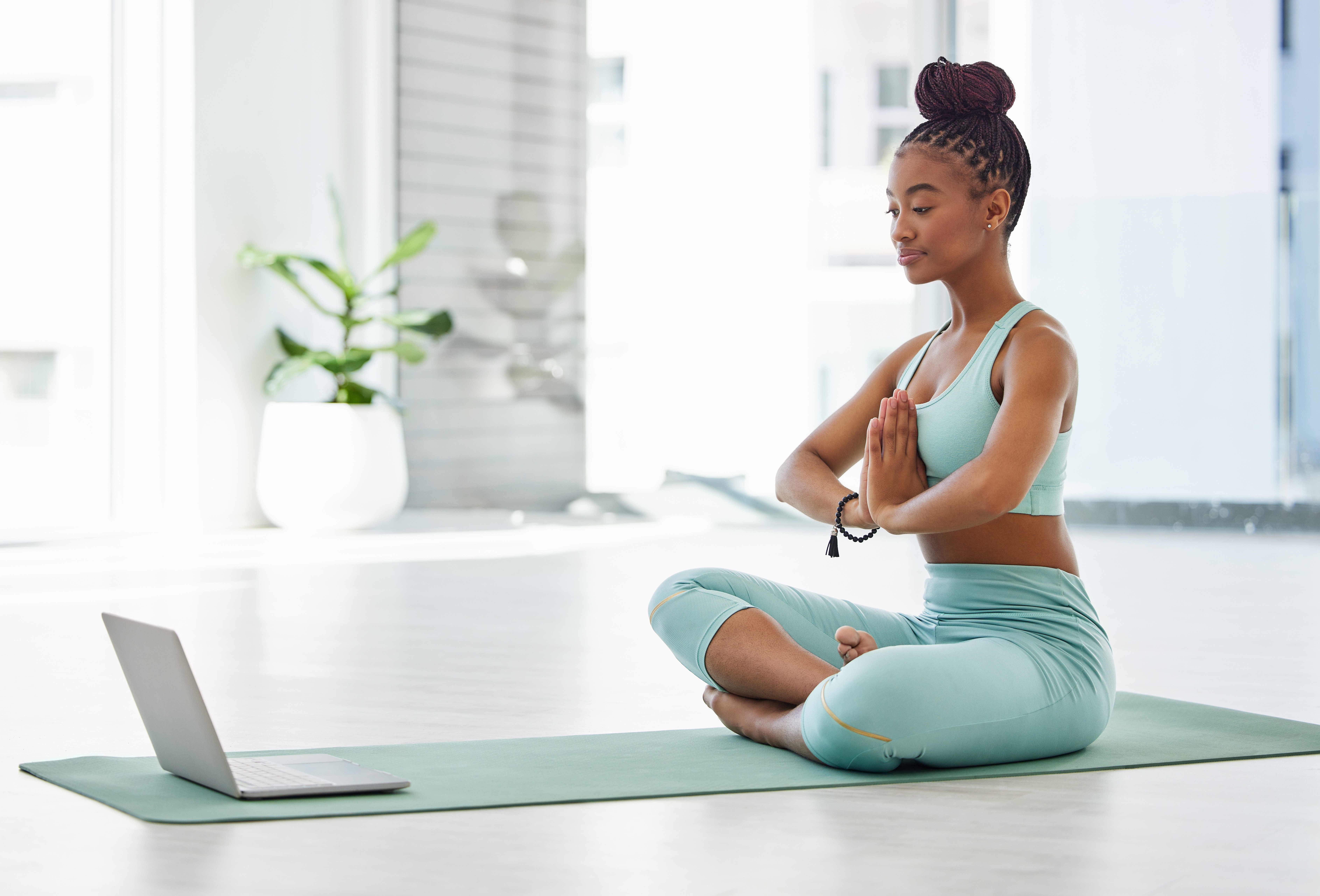
The environment in which you practice mindfulness and meditation can significantly impact the quality of your experience. Creating a dedicated space, free from distractions and infused with elements that promote tranquility, can deepen your practice. From choosing calming colors and incorporating natural elements to selecting comfortable seating and using scents like lavender or sandalwood, the goal is to create an oasis of calm that invites you to retreat from the chaos of daily life. By establishing a sacred space, you signal to your mind that it is time to focus inward, enhancing the depth and efficacy of your practice.
4. Breathing Techniques: The Gateway to Mindfulness
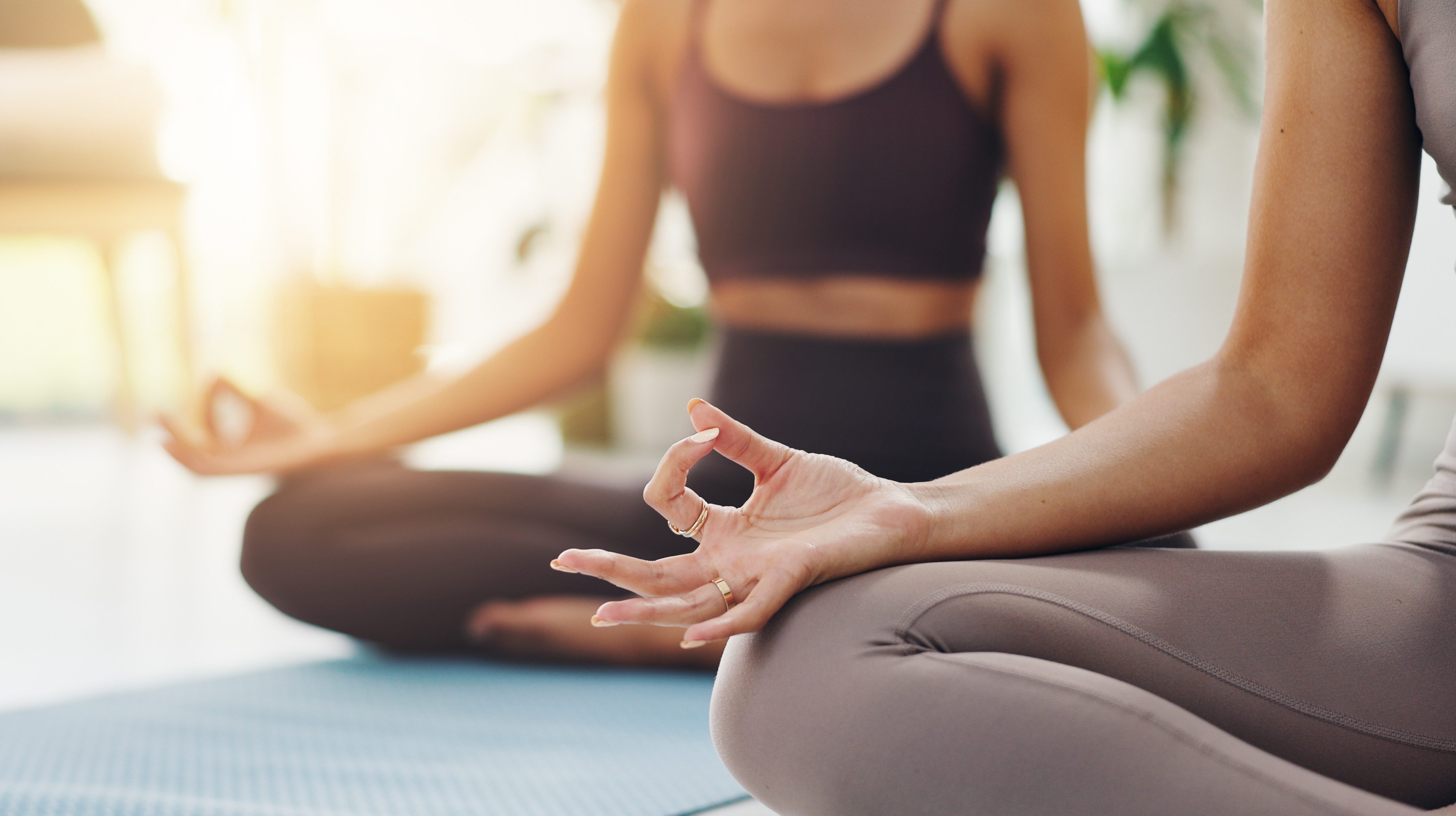
Breathing is at the heart of many mindfulness practices, serving as a bridge between the mind and body. Conscious breathing techniques can help anchor your attention, calm the nervous system, and bring you into the present moment. By mastering these techniques, practitioners can quickly shift from a state of stress to one of calm, making them invaluable tools for navigating life's challenges. Additionally, understanding the physiological effects of these breathing practices can enhance their effectiveness, empowering individuals to harness the power of breath as a tool for mindfulness.
5. Incorporating Movement: Mindful Yoga and Tai Chi

While traditional meditation often involves sitting still, incorporating movement can enhance mindfulness by fostering a deeper connection between mind and body. Practices like yoga and Tai Chi offer a dynamic form of meditation, where each movement is performed with full awareness and intention. By focusing on the sensations of the body and the flow of breath, practitioners can enter a state of meditative awareness that transcends the physical practice. Whether through a gentle yoga sequence or the graceful movements of Tai Chi, integrating movement into your mindfulness routine can provide a holistic approach to mental and physical well-being.
6. Guided Meditation and Visualization Techniques
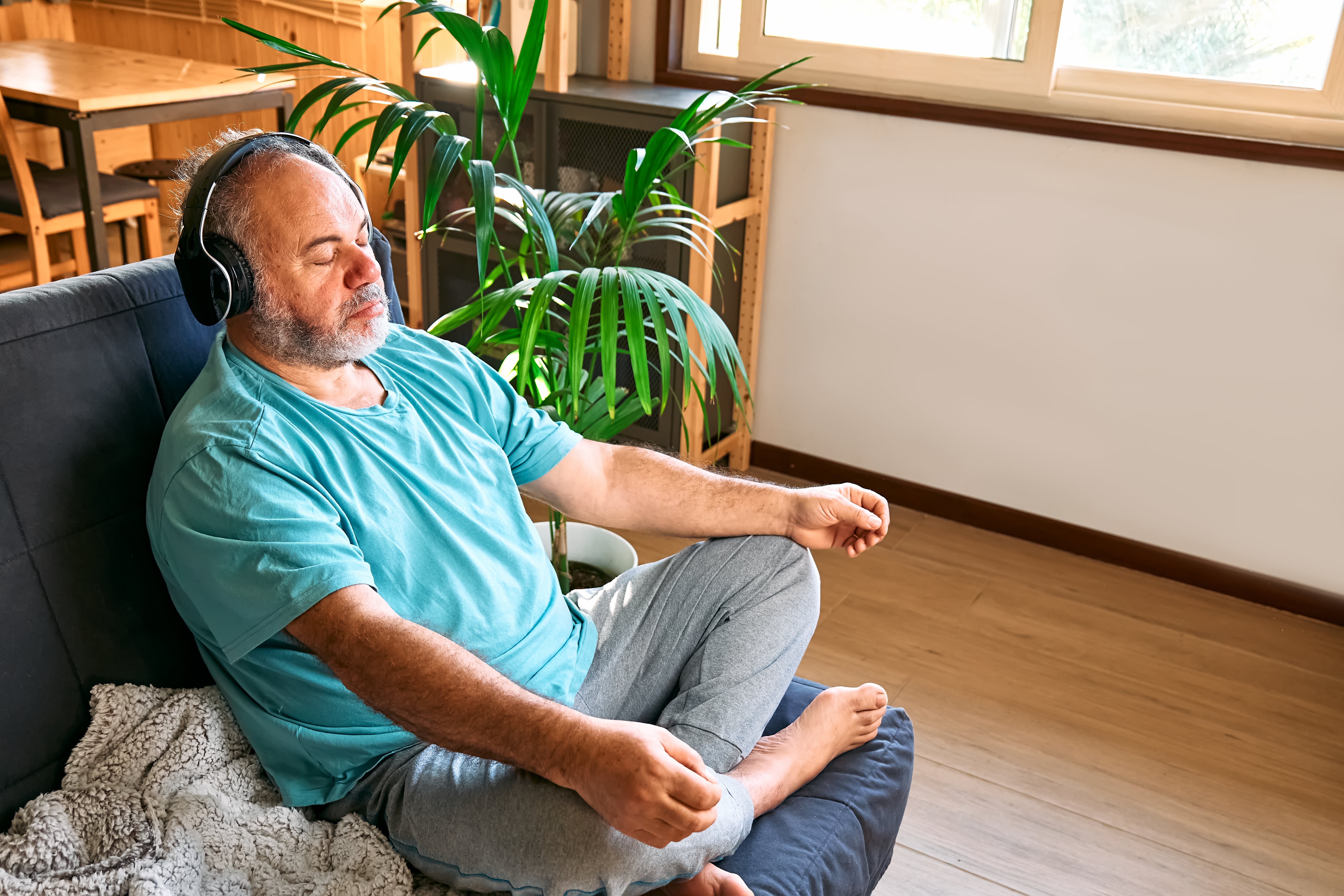
For those who find it challenging to meditate in silence, guided meditation and visualization techniques offer an accessible entry point into the practice. Guided meditations, often available through apps or online platforms, provide step-by-step instructions that can help focus the mind and deepen relaxation. Visualization techniques, on the other hand, involve creating mental images to evoke a sense of calm or achieve specific goals. By engaging the imagination, these techniques can enhance motivation, reduce stress, and promote a sense of empowerment, making them valuable tools for both beginners and experienced meditators.
7. The Role of Mindful Eating in Meditation
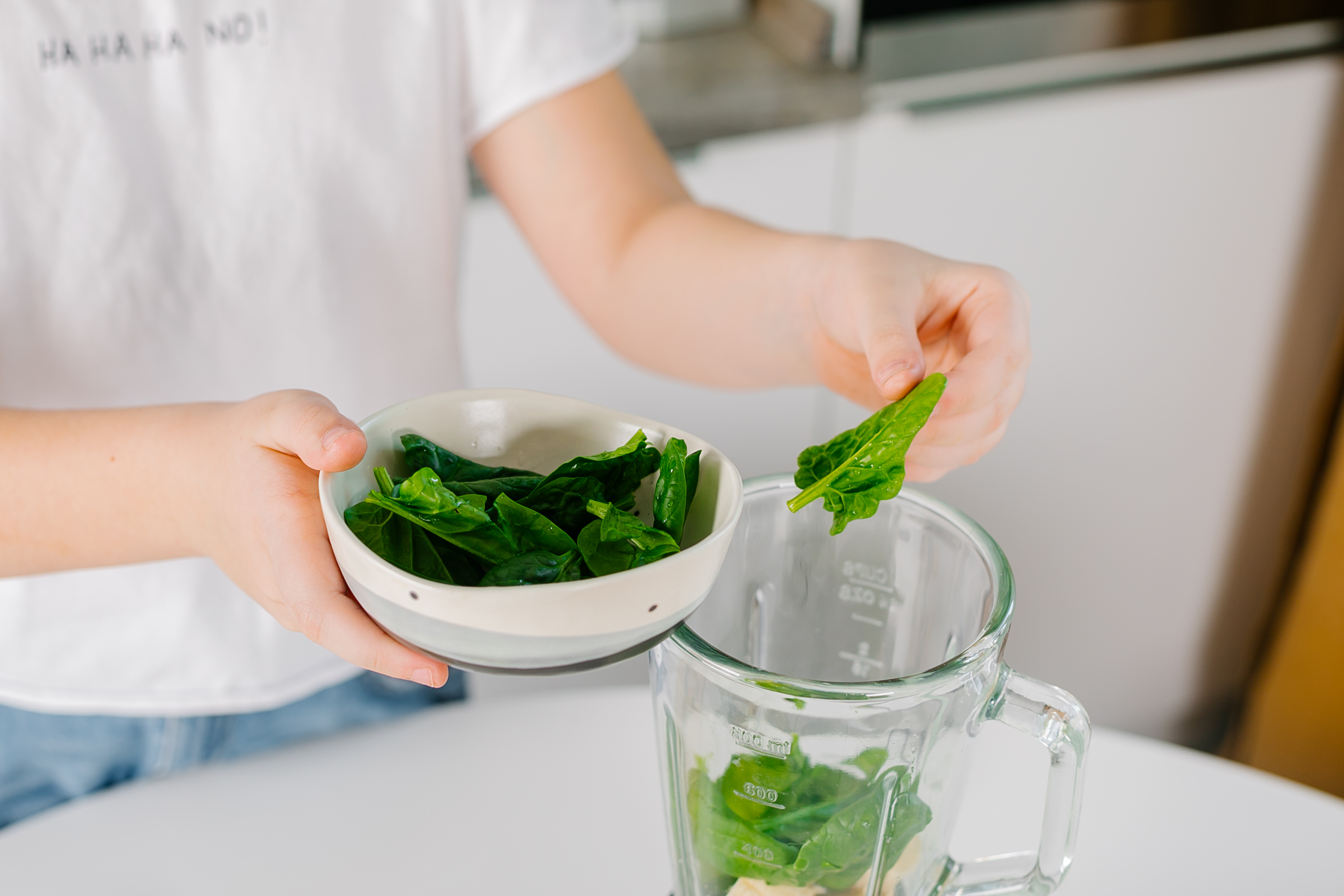
Mindful eating is a practice that extends the principles of mindfulness to the act of eating. By paying attention to the colors, textures, flavors, and smells of food, we can transform a routine activity into a meditative experience. By slowing down and savoring each bite, practitioners can develop a healthier relationship with food and their bodies. Additionally, mindful eating can serve as a bridge to other mindfulness practices, encouraging individuals to bring the same level of awareness and presence to all aspects of their lives.
8. The Power of Silence: Embracing Stillness
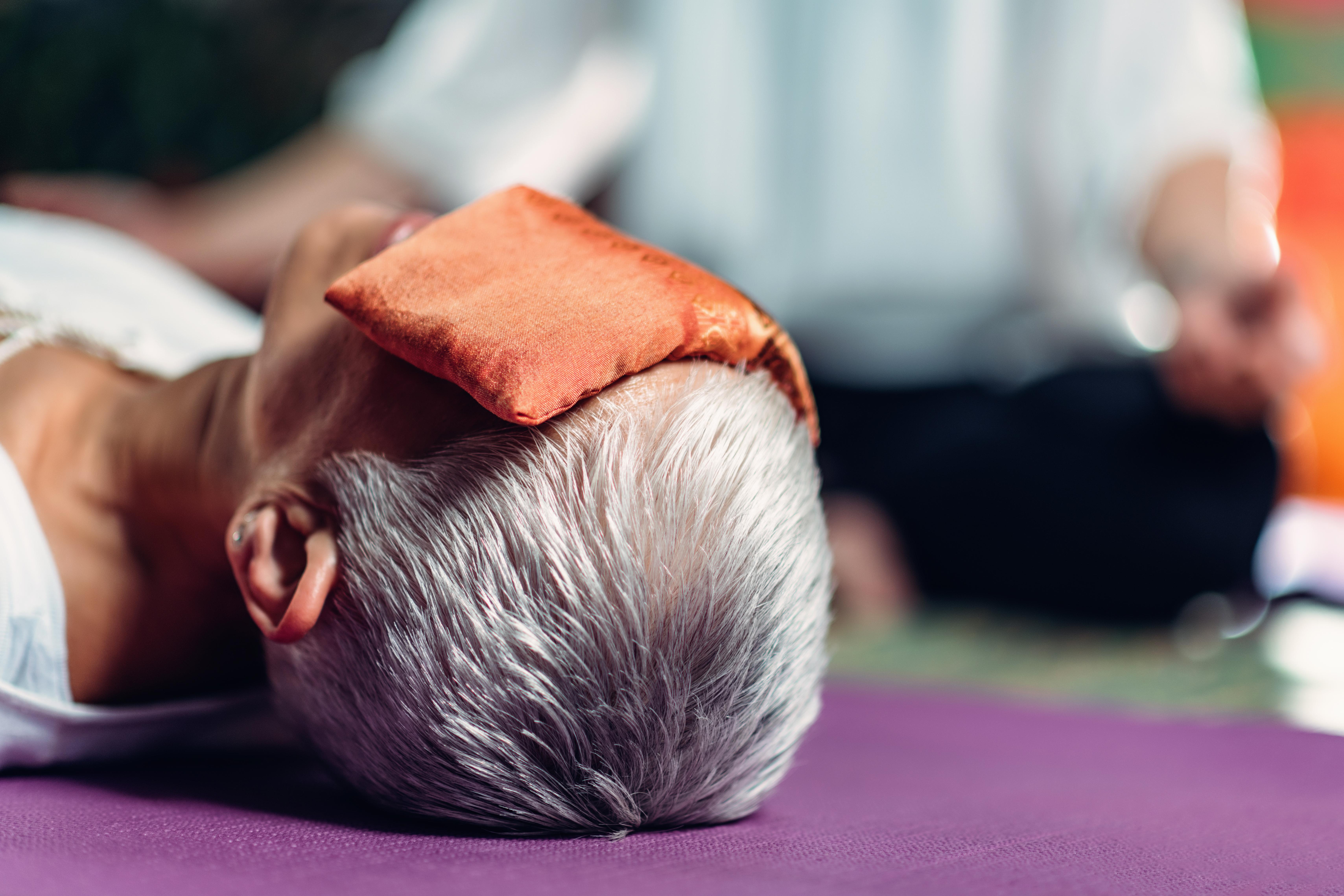
In a world filled with noise and constant stimulation, silence can be a powerful tool for cultivating mindfulness. Embracing silence allows us to tune out external distractions and turn inward, fostering a deeper connection with our thoughts and emotions. By spending extended periods in silence, practitioners can gain clarity, insight, and a renewed sense of purpose. Additionally, incorporating moments of silence into daily life, such as through silent walks or technology-free periods, can enhance mindfulness and promote a sense of peace and balance.
9. Cultivating Compassion Through Loving-Kindness Meditation

Loving-kindness meditation, also known as Metta, is a practice that focuses on cultivating compassion and empathy for oneself and others. By silently repeating phrases of goodwill and kindness, practitioners can develop a more positive and compassionate mindset. By extending compassion to all beings, including those with whom we may have conflicts, we can foster a sense of unity and understanding. This practice not only enhances personal well-being but also contributes to a more compassionate and harmonious world.
10. Integrating Mindfulness into Daily Life
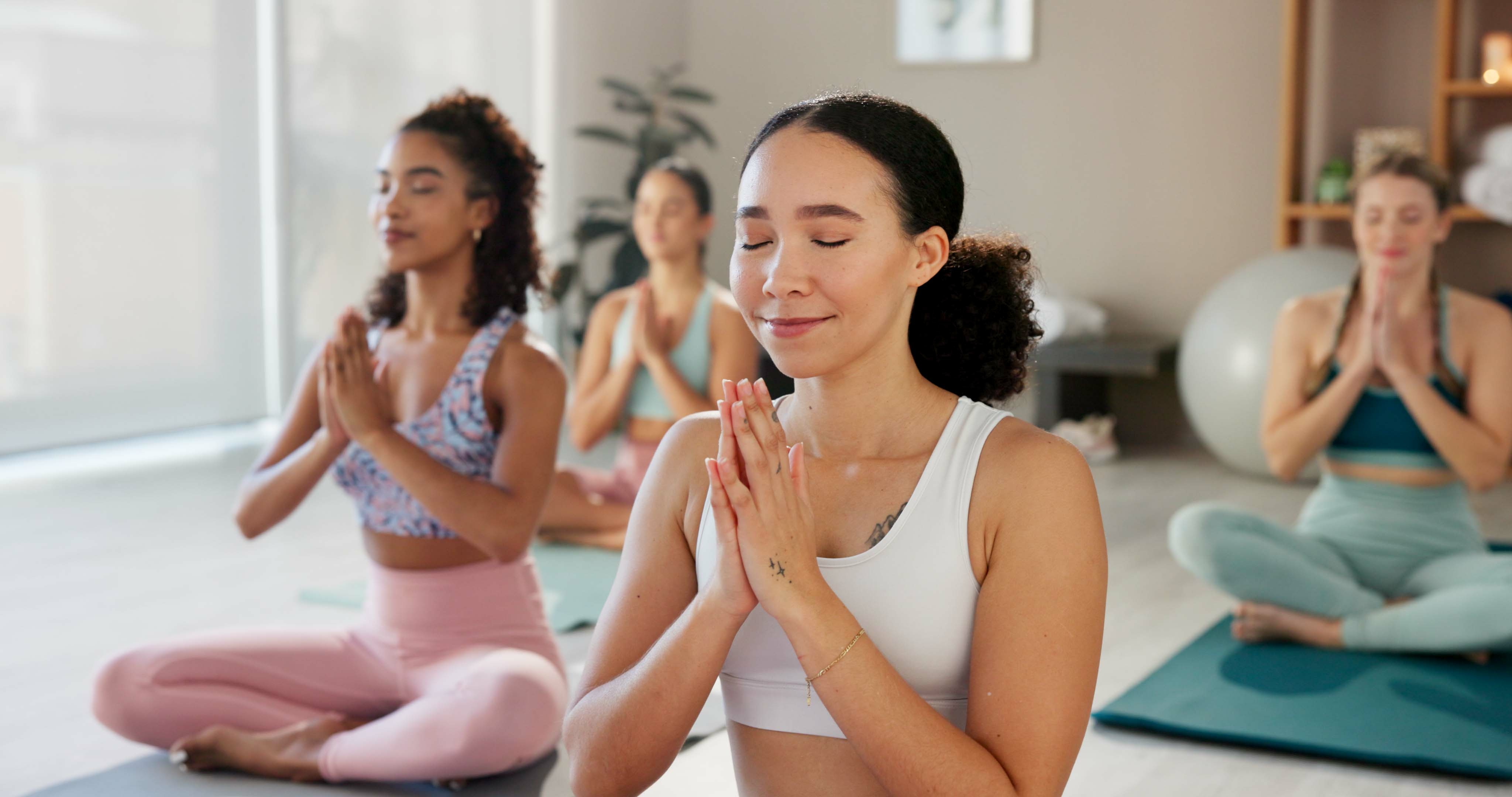
While formal meditation practice is valuable, true mindfulness is about bringing awareness to every moment of life. To integrate mindfulness into daily activities, such as mindful walking, listening, and working is a practice in stillness and intentionality. By approaching each task with full attention and presence, we can transform mundane routines into opportunities for growth and self-discovery. By living mindfully, we can enhance our overall quality of life, fostering a sense of peace, purpose, and fulfillment.
11. Overcoming Challenges in Mindfulness Practice
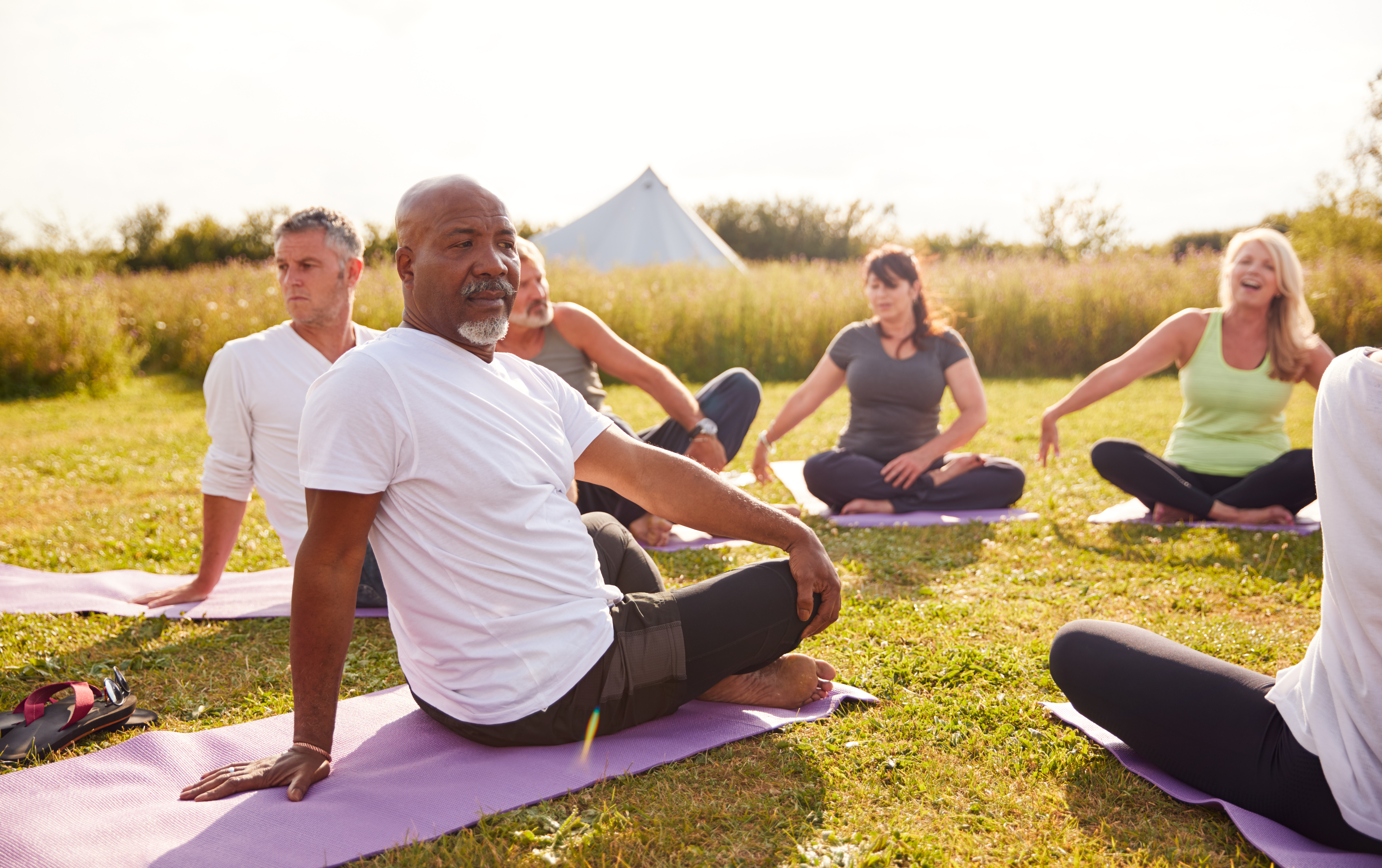
Despite its many benefits, mindfulness practice can present challenges, such as restlessness, boredom, or difficulty maintaining focus. Common obstacles to mindfulness exist but the strategies for overcoming them depends on what works best for each individual. By understanding that challenges are a natural part of the practice, practitioners can approach them with patience and curiosity, rather than frustration or self-criticism. By embracing challenges as opportunities for growth, practitioners can deepen their practice and cultivate greater resilience and self-compassion.
12. Sound Healing: Using Vibrations to Center the Mind
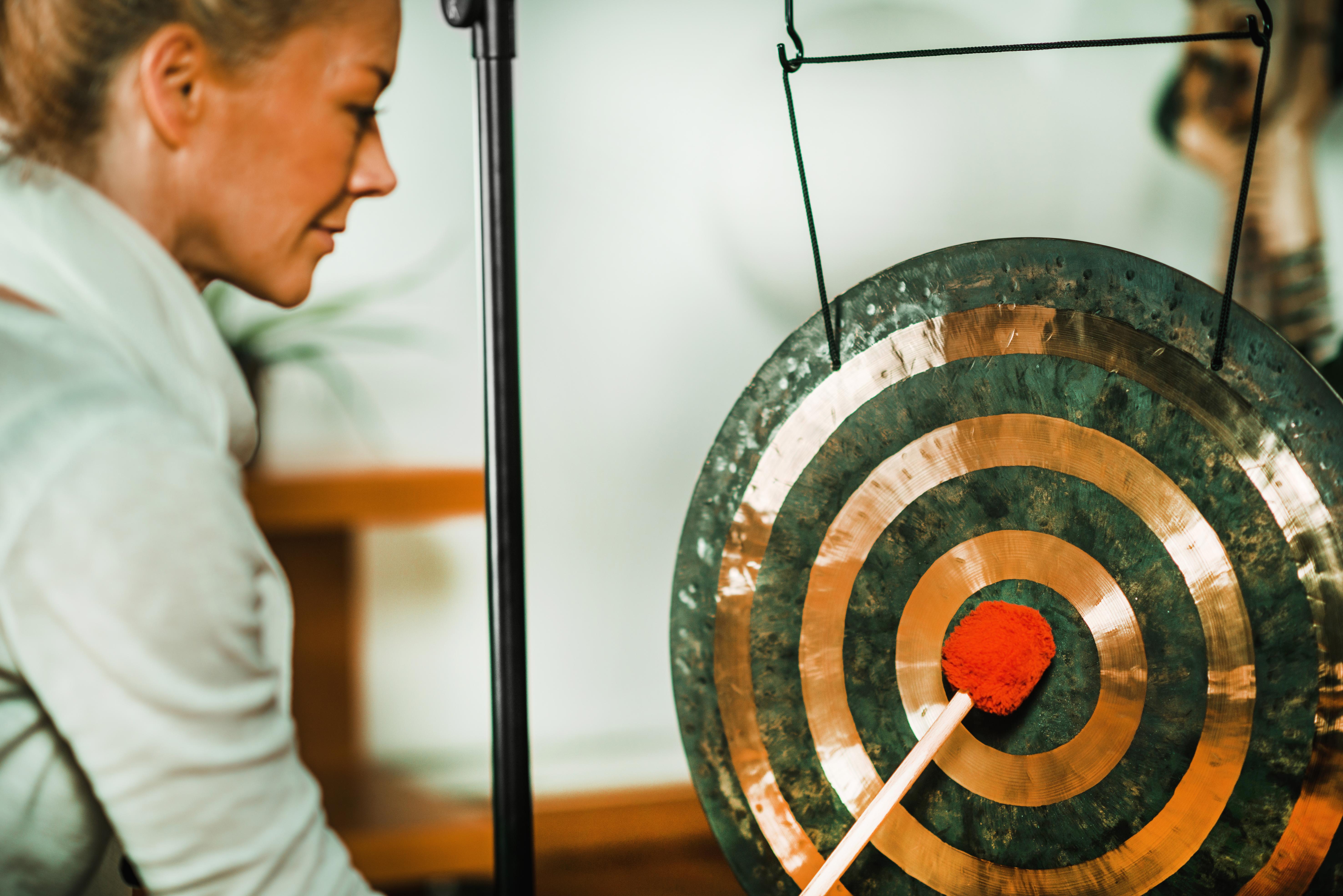
Sound healing incorporates instruments like singing bowls, gongs, or chimes to deepen meditation and bring the nervous system into a state of rest. The vibrations help slow brainwave activity, moving you into a more relaxed, meditative state. This method is especially powerful for those who struggle with silence or internal noise, as sound offers an external anchor to return to. Whether attending a sound bath or using headphones with binaural beats, this sensory-rich approach can reduce anxiety, enhance focus, and guide you gently into the present. Let the resonance become your reminder: you're here, now, and whole.
13. Journaling After Meditation: Deepen Insight and Integration

Mindfulness doesn’t end when the meditation bell rings. Taking five minutes to journal post-meditation helps crystallize insights, emotions, and patterns that surfaced during your practice. It’s not about eloquence—it’s about reflection. Write down what you noticed, what distracted you, how your body felt, or even what you resisted. Over time, this builds a record of inner awareness and progress. Journaling bridges the gap between your meditative state and daily consciousness, allowing mindfulness to bleed into the rest of your day with more clarity and intention. Meditation clears the fog; journaling helps you map the terrain.
14. Walking Meditation: Move with Presence

For those who find stillness challenging, walking meditation transforms movement into mindfulness. Unlike regular walking, this practice slows your pace and heightens your awareness of every step. Feel the heel touch down, the shift in weight, the lift of the toes. Notice the rhythm of your breath, the sway of your arms, the sound of your surroundings. Walking meditation teaches you to bring mindfulness into motion—perfect for grounding yourself before a busy day or winding down in nature. It reminds you that mindfulness isn’t confined to a cushion; it can travel with you, stride by intentional stride.
15. Using Aromatherapy for Mindful Anchoring

Scent is one of the most primal ways to trigger presence. Integrating essential oils like lavender, sandalwood, or frankincense into your practice can create a sensory anchor—signaling to your brain that it’s time to turn inward. Whether through a diffuser, incense, or a dab on your wrist, aromatherapy taps into the limbic system, helping regulate mood, reduce anxiety, and deepen relaxation. Over time, certain scents become associated with stillness and self-awareness, enhancing your ability to drop into a meditative state more easily. It’s a small addition, but one that can powerfully engage your senses and settle your mind.
16. Digital Detox Meditation: Reclaim Mental Space
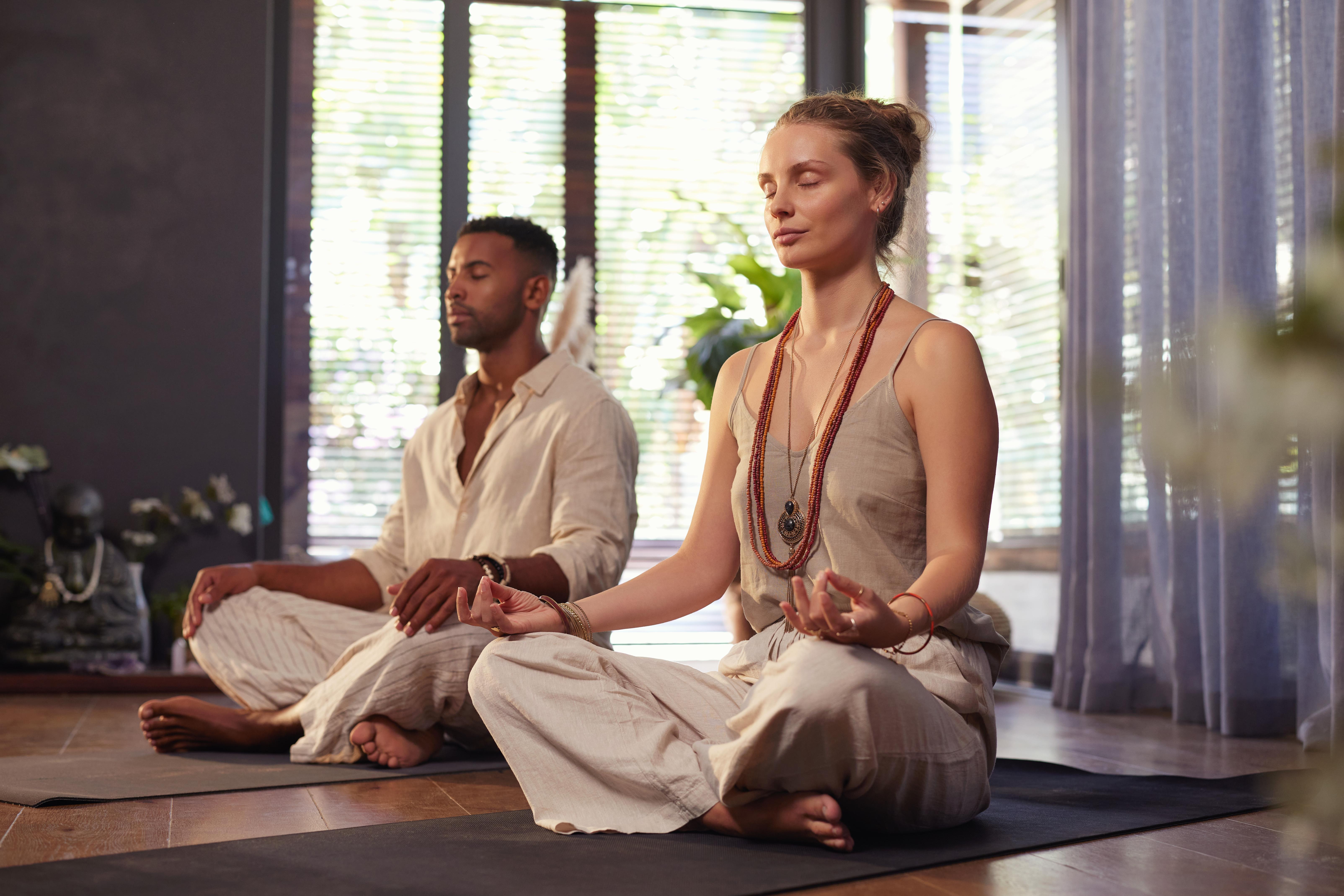
Screens fracture attention, and modern life rarely offers uninterrupted space. Digital detox meditation means intentionally stepping away—from devices, notifications, and noise—for a set period and using that space for presence. Whether it’s ten minutes or an entire afternoon, these breaks allow your nervous system to reset and your awareness to return to what’s real and immediate. You might sit in silence, practice breathwork, or simply observe your environment without distraction. In a world addicted to inputs, choosing disconnection is radical mindfulness. It’s not about rejection—it’s about reclaiming attention as your most valuable resource.
17. Labeling Thoughts: Name It to Tame It

One powerful way to create space between you and your racing mind is to label thoughts as they arise—gently and without judgment. When a worry surfaces, you might silently say “planning” or “fear.” When a memory intrudes, you might name it “past” or “replaying.” This practice doesn’t push thoughts away; it gives them just enough distance to keep you from getting swept up. It builds meta-awareness—watching the mind instead of being the mind. Over time, labeling helps you respond rather than react, anchoring you more deeply in the present without needing to silence the chatter completely.
18. Mindful Transitions: Pause Between the Moments
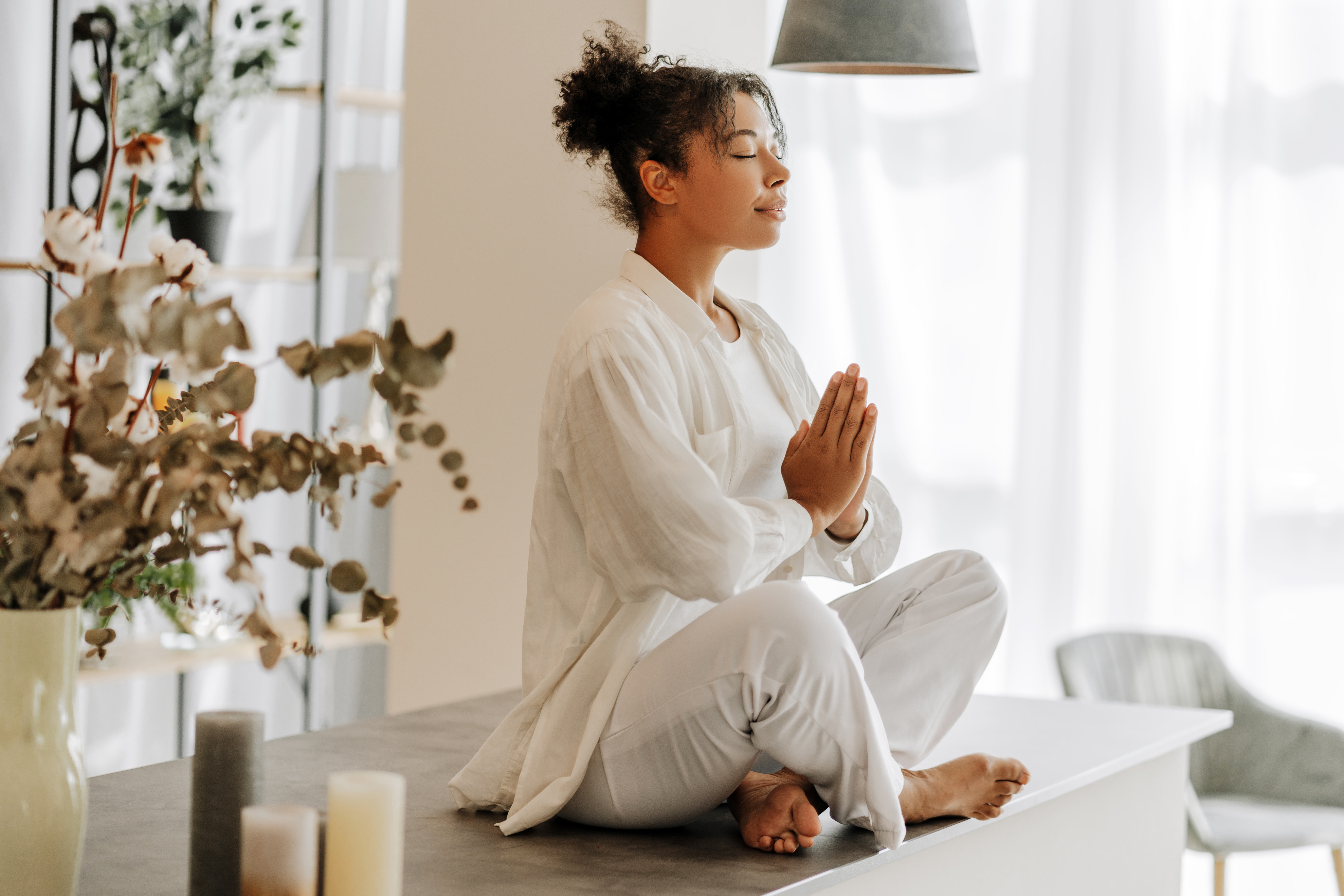
We rush from one task to the next, rarely noticing the moments in between. Mindful transitions involve inserting short, intentional pauses throughout your day—between calls, before meals, after driving, or even before opening a new tab. Just 30 seconds to breathe, notice, and reset. These micro-meditations train you to interrupt autopilot and return to yourself. They require no cushion, no timer, just a decision to be present in the “in-between.” Practiced consistently, these small pauses ripple outward—softening reactivity, sharpening attention, and turning the fragmented rhythm of your day into a more grounded, coherent flow.
19. Mirror Meditation: Facing Yourself with Presence
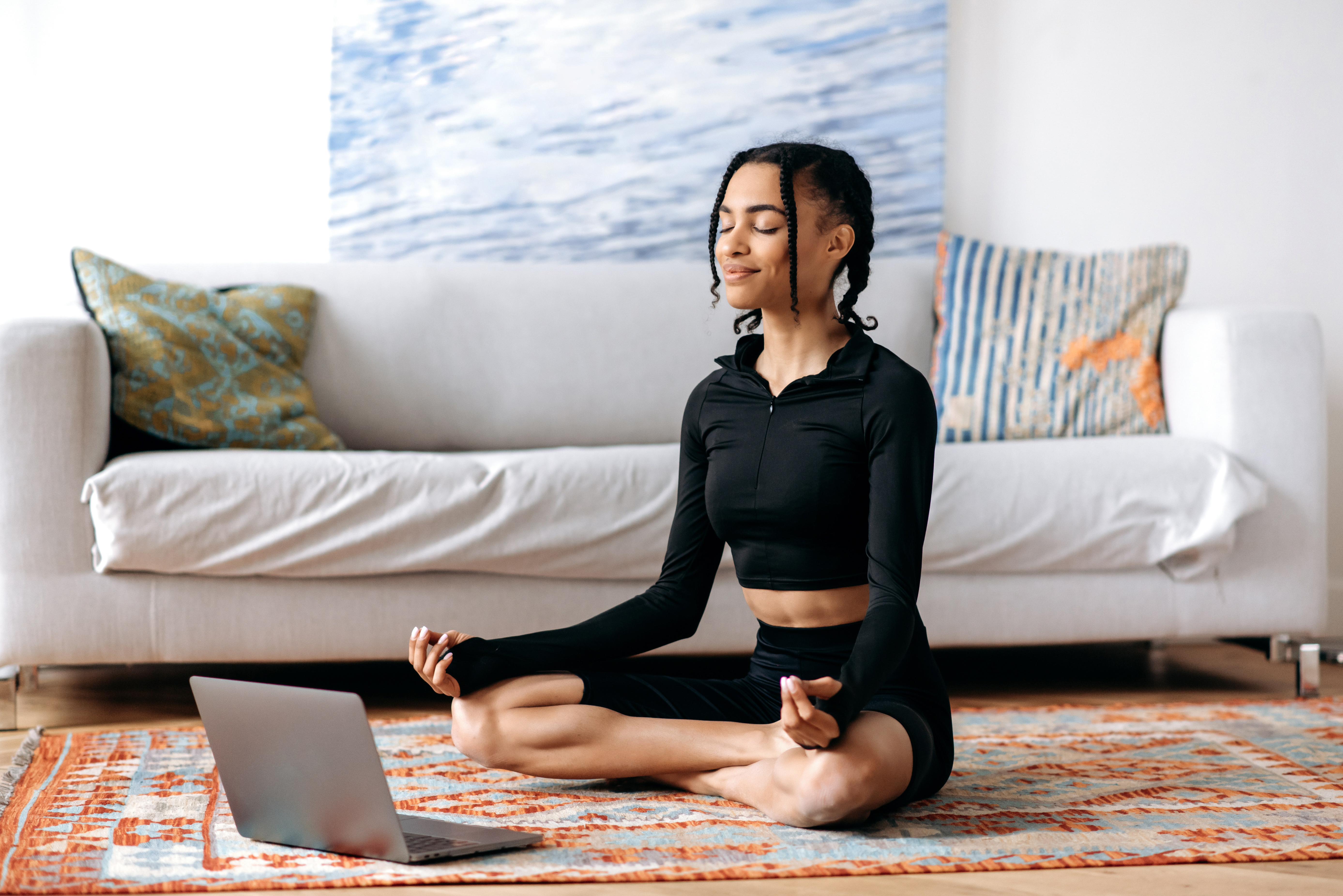
Mirror meditation is exactly what it sounds like—sitting silently in front of a mirror and meeting your own gaze with compassion and awareness. It may feel awkward or intense at first, but it reveals how much (or how little) attention you give yourself. Instead of critique, bring presence. Instead of judgment, bring curiosity. Notice micro-expressions, body language, breath. This is less about appearance and more about connection—strengthening the ability to be with yourself, as you are. Practiced gently, mirror meditation becomes a tool for self-acceptance, emotional resilience, and deep inner witnessing.
20. Micro-Mindfulness Cues: Build a Habit from Your Day

Want to practice mindfulness without carving out extra time? Attach it to what you already do. Let brushing your teeth become a breath awareness moment. Let boiling water cue a body scan. Let every red light be a check-in with your shoulders. These micro-cues build a habit of returning to the now—bit by bit, moment by moment. It’s mindfulness woven into real life, not carved away from it. The brilliance lies in its simplicity: no apps, no timer, just you, your environment, and a decision to be awake to your own experience—even for 20 seconds at a time.
21. Shadow Work as Mindfulness: Befriending the Unseen

Mindfulness isn’t just about peace—it’s about truth. Shadow work invites you to notice the parts of yourself you typically avoid: jealousy, anger, insecurity, shame. Instead of suppressing them, observe them. Where do they live in your body? What thoughts do they generate? This is mindfulness turned inward, facing the raw and uncomfortable with openness. Shadow work isn't about judgment—it’s about integration. By bringing awareness to the hidden corners of your psyche, you expand your capacity for self-compassion, honesty, and transformation. Because mindfulness isn’t just light—it’s the courage to sit with your whole self, even in the dark.
Mindfulness Isn’t a Practice—It’s a Way of Being

Mindfulness isn’t just something you do—it’s something you become. It lives in your breath, your pauses, your choices, your attention. With these 21 methods, you’re not collecting techniques—you’re building a relationship with yourself, moment by moment. Whether you’re drawn to sound, silence, movement, stillness, or even shadow work, there’s no “right” way in. What matters is presence. What matters is showing up—for your thoughts, your body, your emotions, and the spaces in between. Over time, mindfulness stops being a practice on a mat or cushion and starts shaping how you move through the world—how you listen, speak, eat, rest, and love. The chaos outside may never fully stop, but your relationship to it can. You now have the tools. The next step isn’t complicated. It’s just this: pause, breathe, notice. And in that small, quiet act—you return to yourself. Over and over again. That’s the real meditation.
